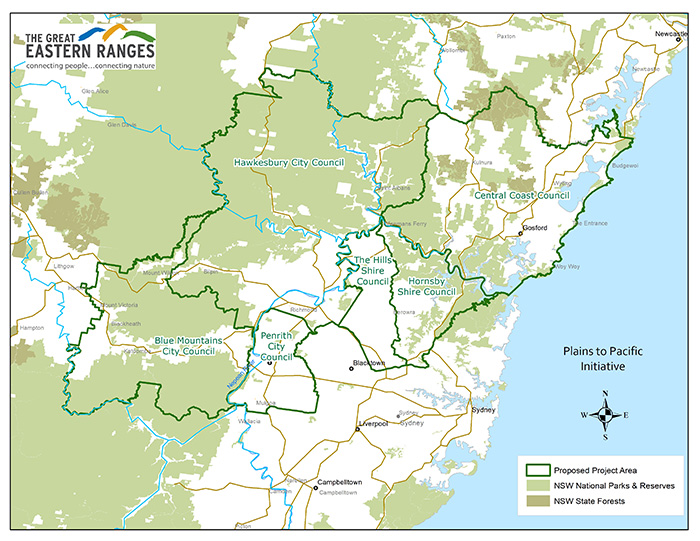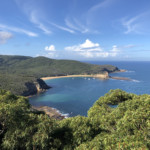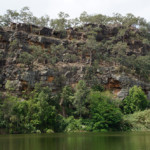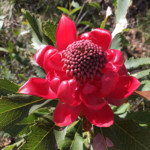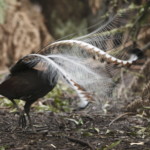Plains to Pacific is a new GER partner initiative to protect, connect and restore the diverse Hawkesbury Nepean River from the Western Plains at Oberon to the Pacific Ocean on the Central Coast.
Plains to Pacific will bring local landholders, communities, and organisations together to:
- Restore, enhance, and reconnect core habitat along the scenic river for birds, platypus, and aquatic species.
- Enhance the health of the Hawkesbury-Nepean River catchments and improve water quality.
- Reconnect critically endangered Cumberland Plains Woodland across Western Sydney.
- Create green corridors to facilitate the movement of wildlife between the protected areas and council reserves of the Central Coast.
What makes this landscape special?
The Hawkesbury-Nepean is the longest coastal river catchment in NSW, spanning an area of 22,000km² from South of Goulburn to Broken Bay. This intricate system comprises an extensive range of water habitats such as wetlands, mountain streams, and coastal lagoons, as well as 22 dams which together supply most of the water for Sydney’s growing population. Encapsulating the river system is a significant network of protected areas consisting of national parks and reserves, state forests, drinking water catchments and critically endangered Cumberland Plains Woodlands.
These diverse and complex ecosystems are home to a multitude of our native land and water-based plants and animals. These include many rare and threatened ones such as platypus, yellow-bellied gliders, powerful owls, and green and golden bell frogs. South-west Sydney is also the residence of the only disease-free population of koalas in New South Wales who cling on to survival in the woodlands of bustling Campbelltown.
As well as being environmentally important, the Hawkesbury (Deerubbin) is also culturally significant to the traditional owners – the Darkinjung, Darug, Eora, and Kuringgai – who used the river for thousands of years as a source of food and place of trade and still nurture a deep connection to country.
Today, the river continues to play a vital role in the health and wellbeing of Sydneysiders; providing us with fresh water to drink and serving as a focus for recreation, relaxation, and reconnection with nature.
The problem
The population of Greater Sydney is expanding rapidly with significant amounts of habitat being cleared to make way for new building, roads and infrastructure, and feral animals and weeds encroaching from all sides. These threats are putting our local wildlife under severe pressure and reducing the health of the ecosystems that provide the vital services that sustain us, such as clean air and water, carbon storage, pollination, and fertile soils. The impacts of climate change are further exacerbating these threats; increasing temperatures, escalating the risk of bushfires and extreme weather, and reducing much-needed rainfall.
Project area
The initial Plains to Pacific project area will encompass six Local Government Areas – the Central Coast, Hornsby, The Hills, Hawkesbury, Penrith and Blue Mountains City councils. Further LGAs will be added as resources and capability allows.
This initial area was selected based on:
- The river system providing habitat for a diverse range of aquatic species including native prawns, crayfish, freshwater mussels and fish. Some of these species, like Australian Bass and Freshwater Mullet, rely on the Hawkesbury-Nepean’s nutrient-rich freshwater wetlands and rivers to breed and nurture their young before returning to the open ocean.
- The landscape serving as a major ‘flyway’ for a variety of native birds passing between the plains and the mountains.
- The area serving to plug a significant activity and connectivity gap in the Great Eastern Ranges.
- The significant number of escalating threats the area faces.
Figure 1: Proposed Plains to Pacific project area
